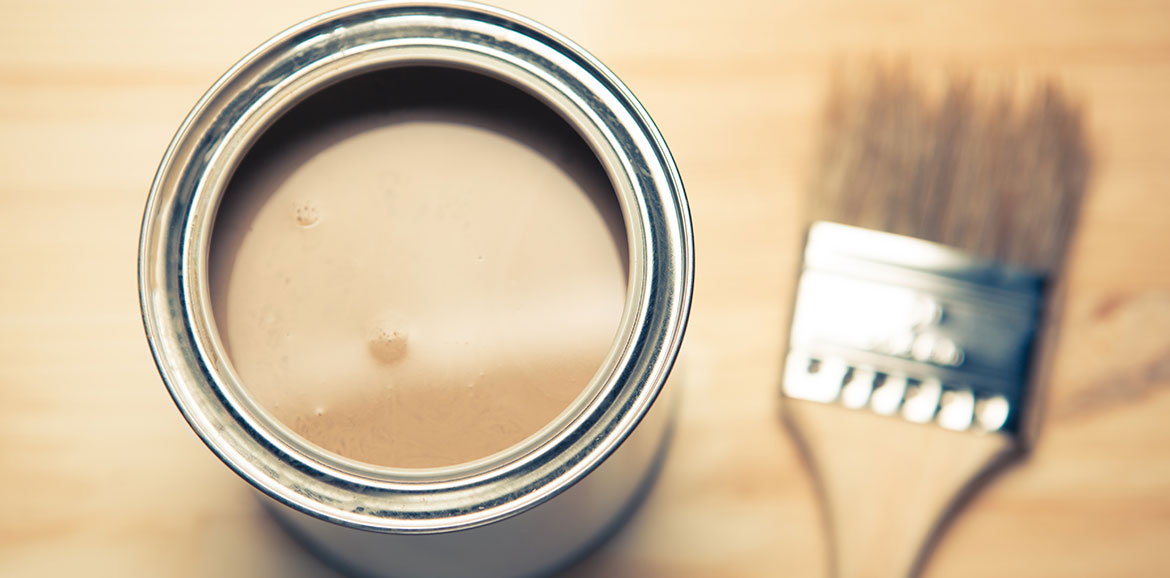The sedimentation of pigment, extenders or other solid matter in a paint, on standing in a container, with a consequent, at the bottom of the can is called settling.
- Hard settling
- Vehicle separation (To be discussed in next blog)
Settling is opposite of floatation.
The stability of pigment suspensions and settling are determined by
- Particle size
- Viscosity of liquid phase
- Difference in density between pigments and liquid phase
- Interaction between pigments and liquid phase
- Interaction between different pigments in system
- Effect of additives
Insufficient grinding of pigment can lead to bigger particle size and insufficient wetting, in turn leading to hard settling.
The character of the liquid phase, especially its wetting properties influences settling tendencies. Usually the liquid phase i.e. the resins are designed primarily to give good film properties e.g. Adhesion, toughness, chemical resistance etc. It is rare for the resin to have been designed specifically to give good pigment wetting properties. Settling cause’s changes in consistency, reduction of covering, affecting not only decorative properties but also the value as protective coating.
Specific antisettling agents have been recommended to reduce settling. Such additives can be added either during manufacture or to the finished product.
There are three distinct methods to prevent hard settling.
1) Thixotrophy: These additives impart a body to the paint and thus give desired results. This can be explained on the basis of simple physical properties. A high viscous fluid will give more resistance to any particle that is moving to gravitational force. E.g. If you put a small pebble in a glass of water it will sink fast, but in contrast if you put the same pebble in a glass of clarified butter (ghee) it will take longer to sink.
2) Ionic Theory: These additives are usually anionic in nature. When incorporated in formulation they give every dispersed particle a charge and because of the repulsive forces of the ionic charge, these particles are prevented from agglomerating and settling down to an extent.
3) Steric hindrance Theory: These additives are usually of non-ionic nature. Steric hindrance takes place when the hydrophobic portion of a nonionic surfactant is absorbed onto the surface of the pigment particles & the long hydrophilic chain in the liquid medium. And this acts as a mechanical bumper that prevents the stabilized pigment particles from too closely approaching each other. Thus preventing settling.
Visit us at: www.rajadditives.net
Email us: rajspecialityadditives@gmail.com

